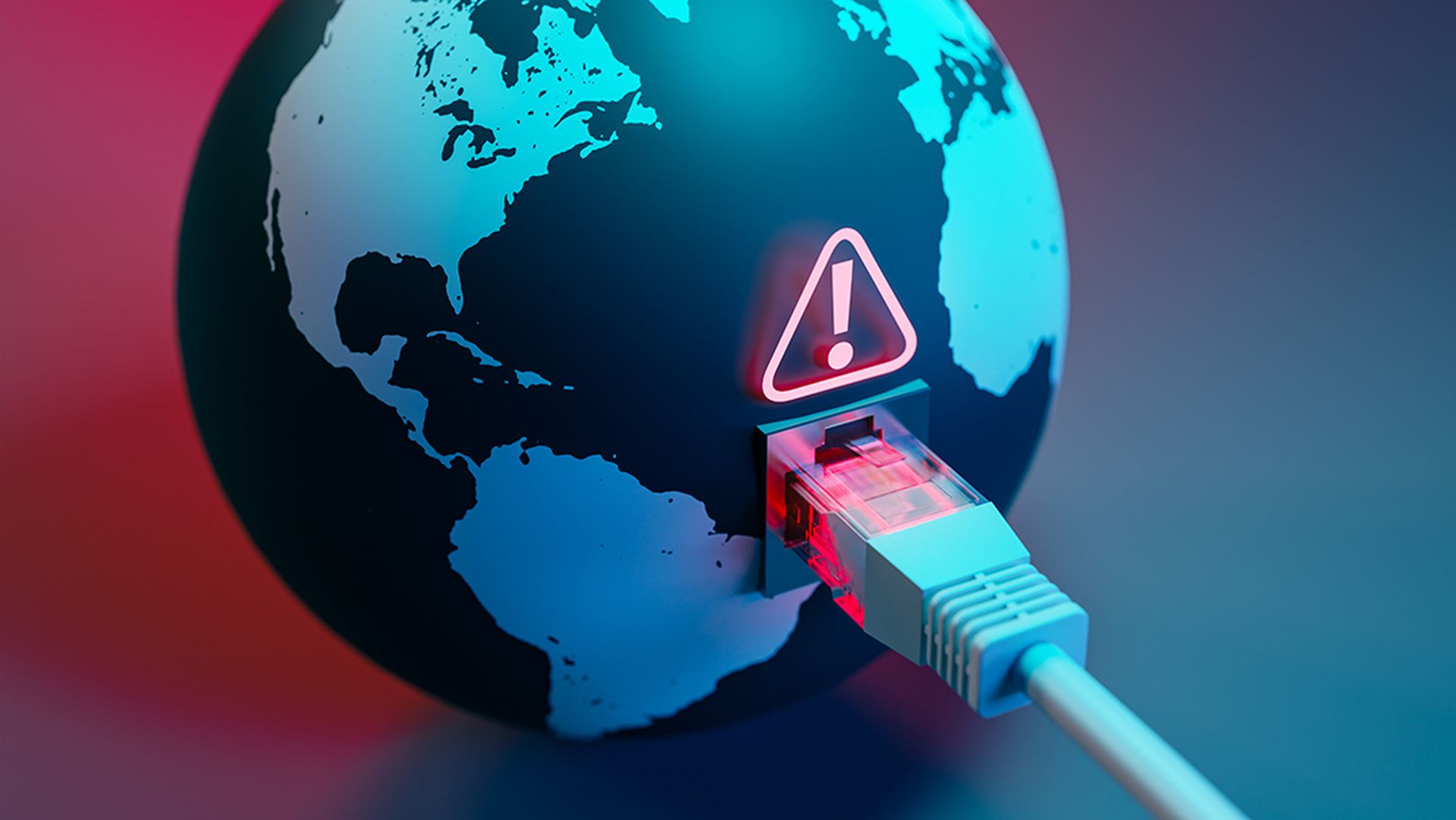
They say predicting the future is like predicting how a drop of water rolls down a car window. Everyone knows the general direction of the water drop: Gravity inevitably pulls it downward. But to predict the specific path, such as how it interacts with other drops and how it reacts to microscopic imperfections in the glass, is next to impossible. We are currently on the brink of new technological breakthrough that's easy to predict in general terms but impossible to predict in specific terms: The Internet of Ihings (IoT).
If there is one question keeping CIOs awake at night, it's this: How the hell am I going to integrate the IoT into my organization?
CIOs and IoT Business Opportunities
For CIOs especially, the promise of vast deluge of data spewed forth by the IoT is both a blessing and a curse. On one side of the coin is unrivaled insight into your customers, your supply chain, your production operations etc. — all made possible by the IoT. The other side of the coin is this: "What if you competitor cracks it first?"
One thing is clear: IoT integration should be at the top of your agenda — and, in fact, at the top of your entire C-suite’s agenda. Because prying open the IoT treasure chest isn't a matter of technical prowess — it's a matter of organizational prowess.
Sure, the technical challenges are formidable in their own right. With the promise of near-endless data comes the requirement to store and analyze that near-endless data. And when our data lakes become so vast, how can we make sure that our data is secure and the quality is up to par. Tough nuts to crack, but with the help of advances in storage technology, machine learning and cybersecurity, we’re definitely making good progress. That’s why most of my conversations with the C-suite take on a different focus: “Hypothesize these challenges solved, how do you get it to actually work? And what does it mean for my organization?”
That’s where it becomes interesting and also where it becomes difficult to predict the path of the water drop.
Well-implemented IoT work environments allow organizations to learn just about anything about their supply chain and operations processes. If they apply these learnings to their sales, marketing and customer service departments, they are on their way to transforming their entire business model. Consider John Deere, a U.S. manufacturer of agricultural equipment. Instead of thinking of itself as a manufacturer of tractors and harvesters, Deere now sees itself as a provider of soil quality. This transition was made possible by the many sensors that are placed on Deere's equipment. Those sensors constantly track and learn from the environment around them. But the truth is, that’s just the tip of the iceberg in terms of business model transformation.
IoT Success: How?
So how do you get there? How do you get to a level of organizational learning where you are able to redefine your product into a service?
Most organizations are still far removed from the IoT dream of a fully connected work environment. One thing that, in my experience, the IoT makes explicitly visible is how incredibly siloed organizations still are. CIOs — and, in fact, the entire C-suite — are often horrified to discover how little true cross-functional collaboration is taking place. Sure, we talk with each other and some of us know how to get an Excel data dump from one department or another. But very few organizations have the IT infrastructure in place to truly connect data sets from different sources and glean some meaningful insight from it.
The most successful learnings so far are from organizations that have taken the approach of creating innovation labs — or perhaps even better, learning labs. These innovation or learning labs are often cross-functional collaboration zones where representatives of all departments meet and work together, not just to develop new intellectual property, but also to experiment with and experience how business models can be made future-proof. This can only be done when all department representatives are able to transcend their own functional perspectives.
By giving employees the time, resources and location for exactly that purpose, to look beyond current functional silos, these innovation labs are able to truly innovate.
It's in the very nature of IoT systems to operate beyond functional borders, so you better start collaborating. It should become a very interesting 2017.
Frank Wammes is CTO for Capgemini Applications Services Continental Europe. Read more Capgemini blogs here.




